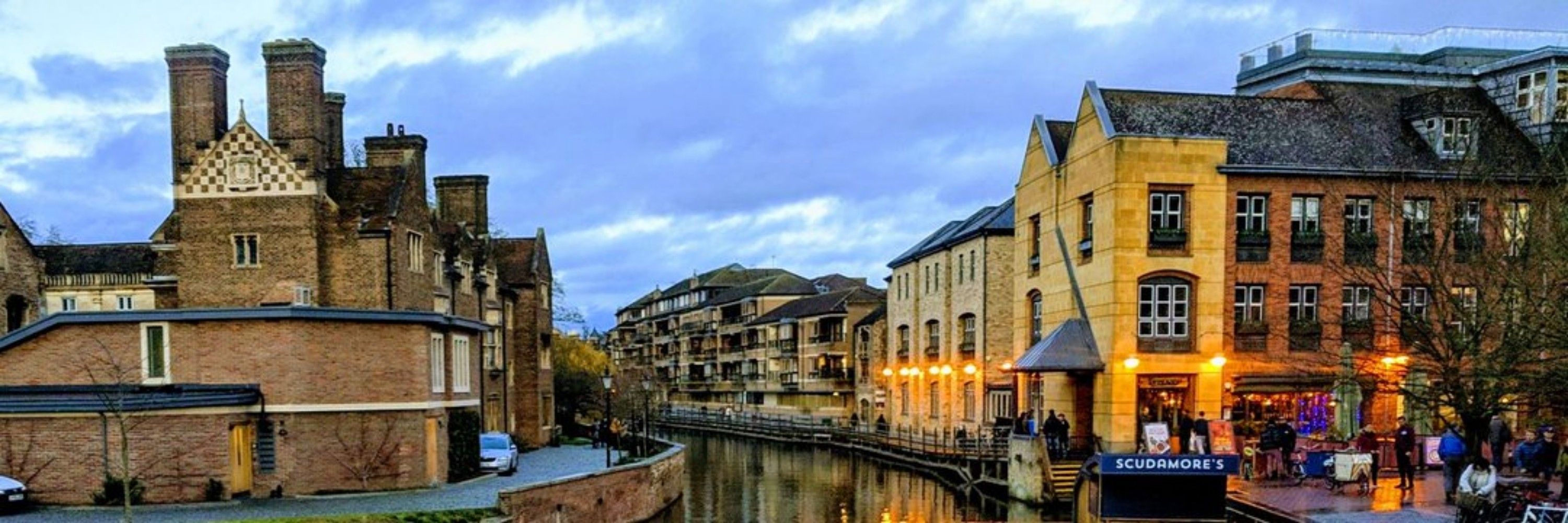
Many regular Linux users raised bugs, submitted configuration tweaks, and helped in documentation. For example, a bug on Ubuntu’s Launchpad: bug #1758243 (“bumblebee needs configuration changes …”) was reported by a user Rocko, and discussed by many in the community.
Many regular Linux users raised bugs, submitted configuration tweaks, and helped in documentation. For example, a bug on Ubuntu’s Launchpad: bug #1758243 (“bumblebee needs configuration changes …”) was reported by a user Rocko, and discussed by many in the community.
Bug reports: There are Launchpad bugs (for example, “bumblebee: bbswitch-dkms causes forced shutdown”) where Bruno Pagani was assigned.
Bug reports: There are Launchpad bugs (for example, “bumblebee: bbswitch-dkms causes forced shutdown”) where Bruno Pagani was assigned.
On Ubuntu’s side: bbswitch was accepted as a package in Ubuntu main (via DKMS) to support hybrid graphics. According to the “Main Inclusion Report for bbswitch,” the inclusion was driven by the HWE (Hardware Enablement) team of Canonical.
On Ubuntu’s side: bbswitch was accepted as a package in Ubuntu main (via DKMS) to support hybrid graphics. According to the “Main Inclusion Report for bbswitch,” the inclusion was driven by the HWE (Hardware Enablement) team of Canonical.
The bbswitch kernel module is hosted under the Bumblebee-Project GitHub.
bbswitch’s code “automatically detects the required ACPI calls … for … Optimus laptops.”
The bbswitch kernel module is hosted under the Bumblebee-Project GitHub.
bbswitch’s code “automatically detects the required ACPI calls … for … Optimus laptops.”
Martin Juhl (“MrMEEE”)
One of the principal authors of Bumblebee. The Bumblebee-Project website itself states the PayPal account belongs to Martin Juhl.
Martin Juhl (“MrMEEE”)
One of the principal authors of Bumblebee. The Bumblebee-Project website itself states the PayPal account belongs to Martin Juhl.
vga_switcheroo (kernel subsystem).
docs.kernel.org
PRIME / PRIME Sync / PRIME Render Offload (X.Org/driver offload infrastructure + vendor support).
vga_switcheroo (kernel subsystem).
docs.kernel.org
PRIME / PRIME Sync / PRIME Render Offload (X.Org/driver offload infrastructure + vendor support).
Bumblebee (userland offload shim).
bbswitch (kernel module to turn off the dGPU).
Bumblebee (userland offload shim).
bbswitch (kernel module to turn off the dGPU).
Late (2018–2019): PRIME Render Offload (per-app offload) and groundwork for Wayland integration
Late (2018–2019): PRIME Render Offload (per-app offload) and groundwork for Wayland integration
Early (2011–2014): Bumblebee + bbswitch/acpi_call + VirtualGL/Primus
Early (2011–2014): Bumblebee + bbswitch/acpi_call + VirtualGL/Primus
Improved open-source alternative — Nouveau KMS and partial reclocking meant some GPUs could be used without the proprietary driver (still w/ caveats).
Improved open-source alternative — Nouveau KMS and partial reclocking meant some GPUs could be used without the proprietary driver (still w/ caveats).
Selectable per-app offload — run heavy apps on the dGPU (Bumblebee → PRIME Render Offload).
Lower idle power — bbswitch / acpi_call / kernel runtime PM allowed turning the dGPU off when idle.
Selectable per-app offload — run heavy apps on the dGPU (Bumblebee → PRIME Render Offload).
Lower idle power — bbswitch / acpi_call / kernel runtime PM allowed turning the dGPU off when idle.
Wayland compositors and the move away from X required new EGL/GBM/EGLStreams support. That prompted further driver work (and some friction with NVIDIA’s initial EGLStreams approach),
Wayland compositors and the move away from X required new EGL/GBM/EGLStreams support. That prompted further driver work (and some friction with NVIDIA’s initial EGLStreams approach),
The open Nouveau driver gradually gained Kernel Modesetting (KMS) and reclocking (ability to put the GPU into higher performance/power states).
The open Nouveau driver gradually gained Kernel Modesetting (KMS) and reclocking (ability to put the GPU into higher performance/power states).
NVIDIA began adding official Optimus/PRIME features into its proprietary driver (so distributions could use supported offload and switching instead of Bumblebee).
NVIDIA began adding official Optimus/PRIME features into its proprietary driver (so distributions could use supported offload and switching instead of Bumblebee).
X.Org/DRM developed PRIME (RandR/DRI offload) so one GPU could render (source) and another present to the screen (sink).
X.Org/DRM developed PRIME (RandR/DRI offload) so one GPU could render (source) and another present to the screen (sink).

